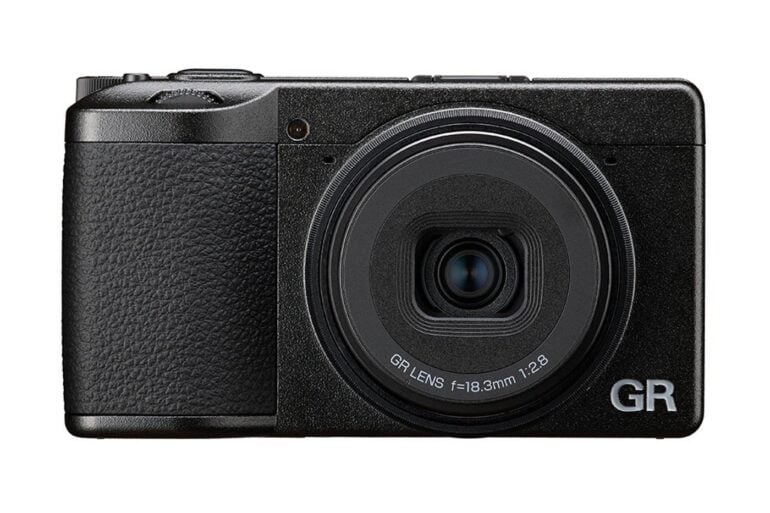Ricoh has announced the development of the Ricoh GR IV, its new high-end compact camera. Staying true to the GR spirit, this version retains its core features (compactness, responsiveness, and image quality) while bringing several internal upgrades. The official launch is scheduled for fall 2025, but many of the key updates are already known.
Sommaire
Ricoh GR IV: identical form factor
From the outside, you’d need to play spot the difference to distinguish the GR IV from the GR III, as there’s no visible generation marking on the body—except underneath the camera. It’s still a (truly) very compact device, with a PASM dial on the top plate, a 3-inch TFT touchscreen (1.037M dots) that is non-articulating. The camera still lacks a built-in viewfinder.
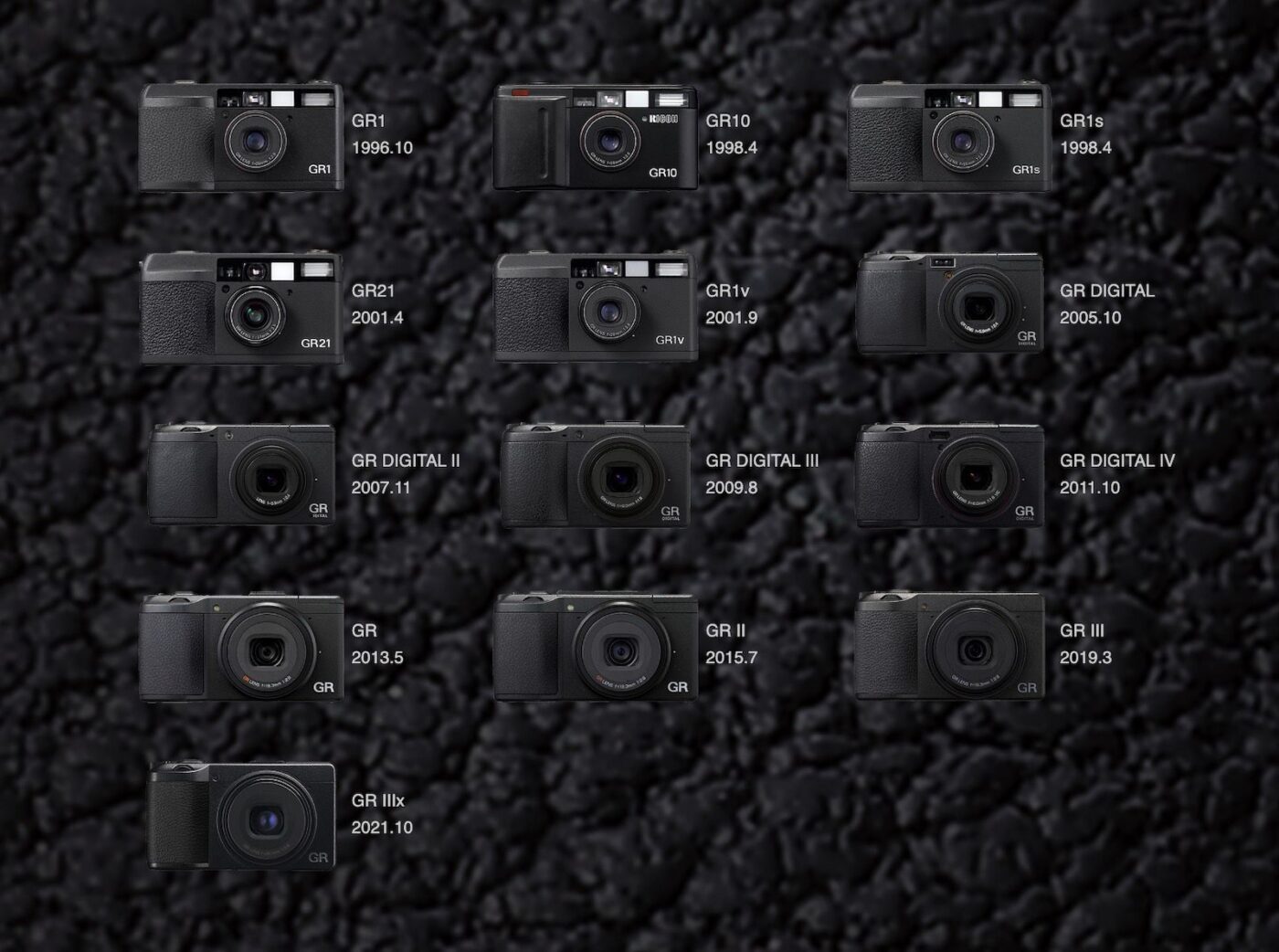
The GR IV measures 10.94 × 6.11 × 3.27 cm, very close to its predecessor, but a few millimeters slimmer in height and depth. It weighs 262 g (including battery and memory card), just slightly more than the previous model.
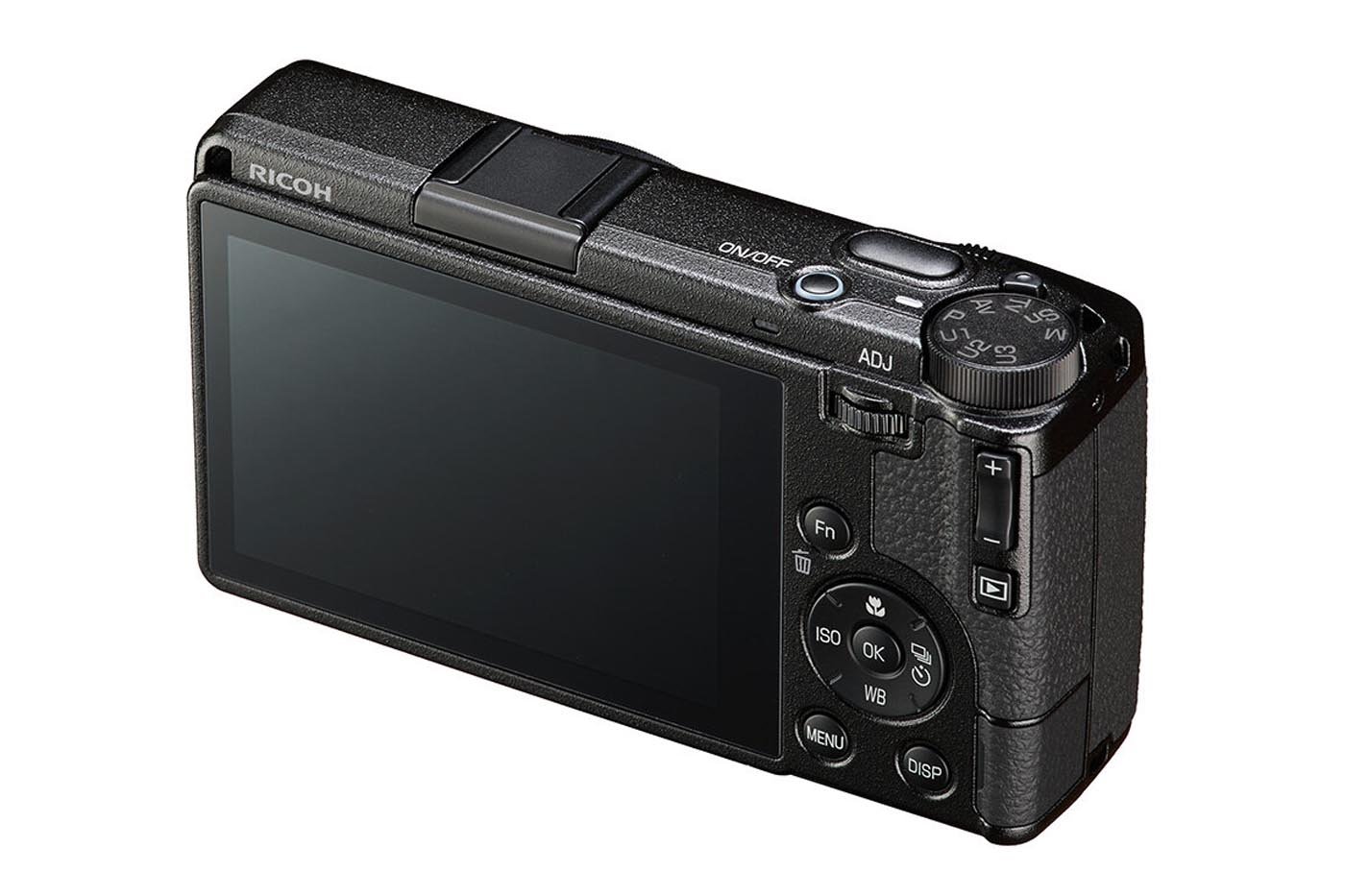
As for the controls, the Ricoh GR IV introduces a few tweaks. The side button, previously used to toggle video mode or enable Wi-Fi, still serves as a video switch, but now offers a new function: a long press lets users choose the storage location between internal memory and memory card.
Snap mode on the PASM dial
A new Sn mode has appeared on the PASM dial, presumably dedicated to the Snap mode. This mode allows photographers to predefine the focus distance—typically hyperfocal—for instant shooting without waiting for autofocus.
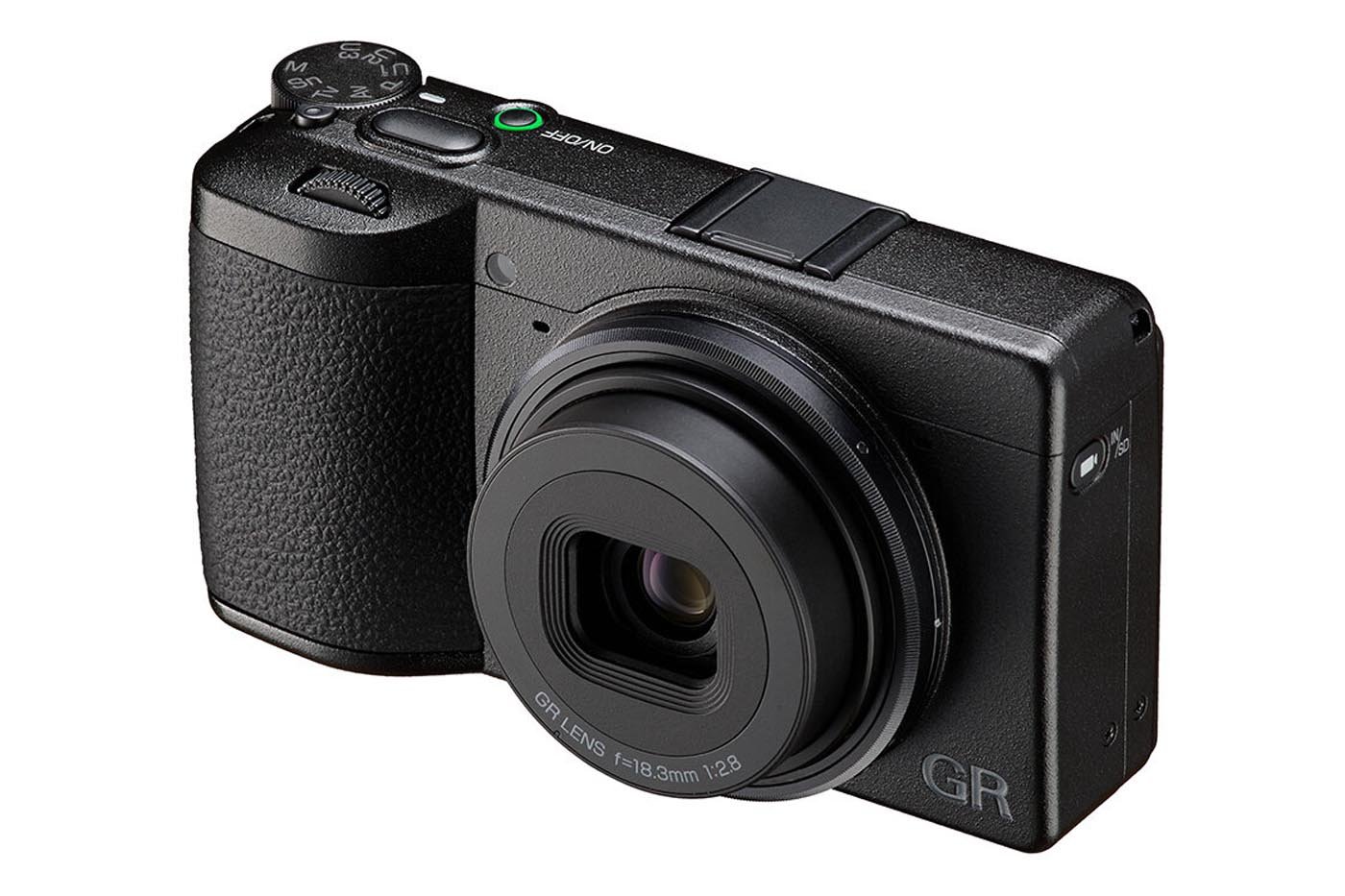
A signature feature of the GR series and highly appreciated by street photographers, Snap mode was previously a bit clunky to activate on the GR III, requiring a full press of the shutter button. With this dedicated Sn mode, access is simpler, faster, and more intuitive.
New sensor and lens combo
Ricoh has equipped the new model with a new sensor, lens, and image processor. However, nothing appears radically new.
Specifically, the APS-C CMOS sensor goes from 24.24 MP to 25.7 MP. Paired with the new image processor, it now supports a maximum ISO of 204,800 (vs. 102,400 on the GR III).
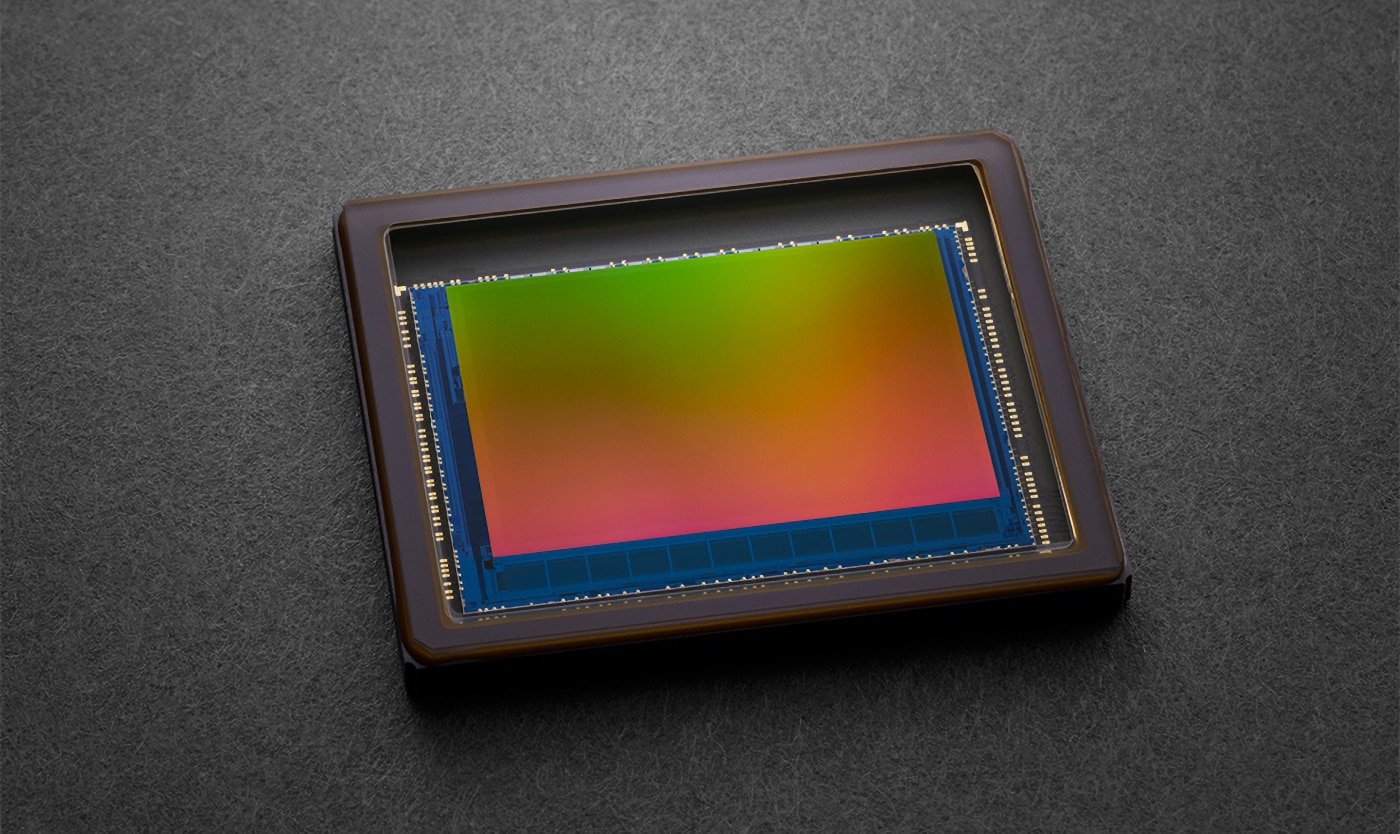
The Ricoh GR IV is expected to offer the same crop modes as the GR III, allowing simulated focal lengths of 35mm and 50mm.
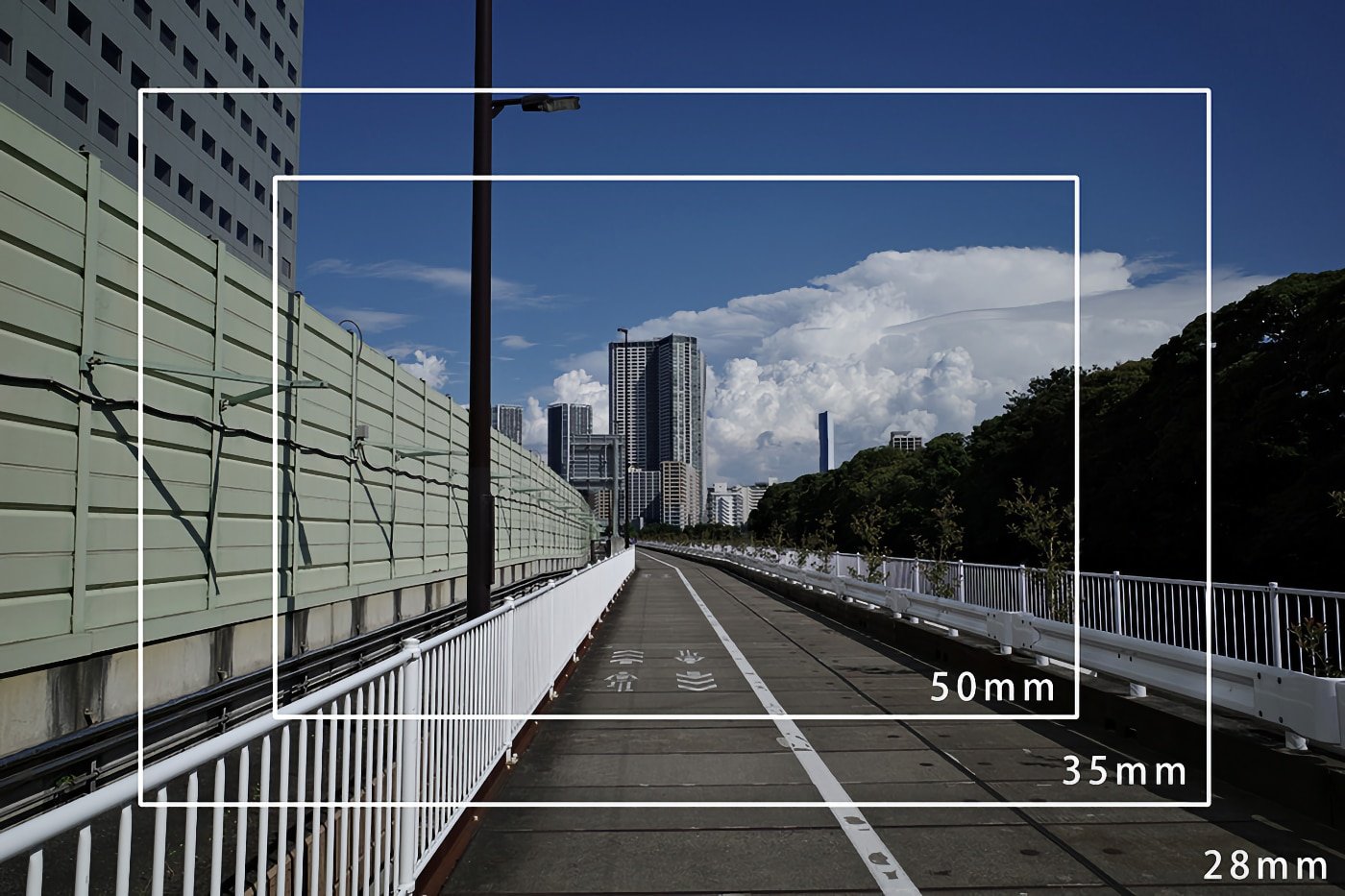
The lens retains its fixed focal length of 18.3mm f/2.8 (28mm equivalent in full frame), but the optical formula has been updated with 7 elements in 5 groups, including 3 aspherical lenses. This additional aspherical element should improve sharpness and reduce aberrations.
The sensor still lacks a low-pass filter to maximize sharpness. To avoid moiré, Ricoh uses its SR stabilization system to generate micro-vibrations during exposure, simulating the effect of an optical AA filter.
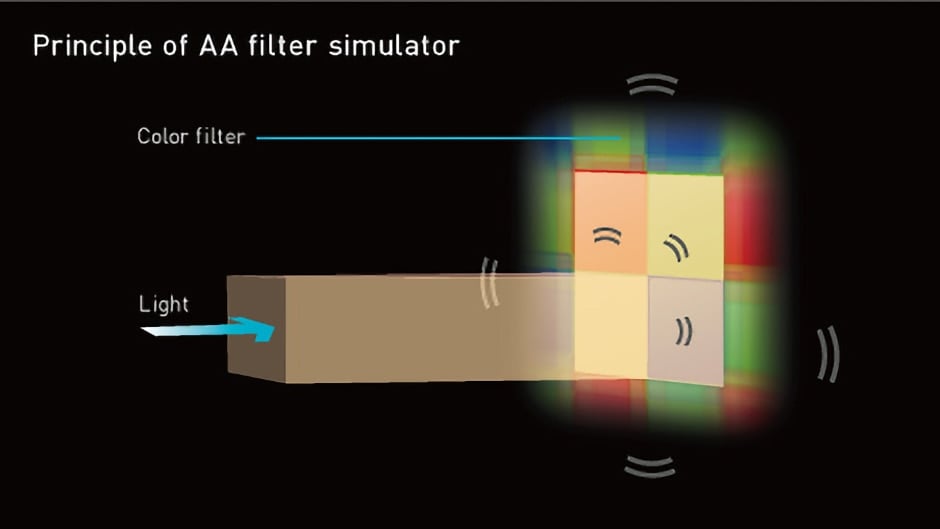
The GR IV keeps its 2-stop ND filter, which can be enabled via the menus. A welcome update: in addition to 3:2 and 1:1, the GR IV now supports 4:3 and 16:9 aspect ratios.
Improved 5-axis stabilization
Another key improvement in the Ricoh GR IV is sensor stabilization. While the GR III offered 3-axis stabilization with up to 4 stops of compensation, the GR IV moves to a 5-axis stabilization system, promising better shake reduction.
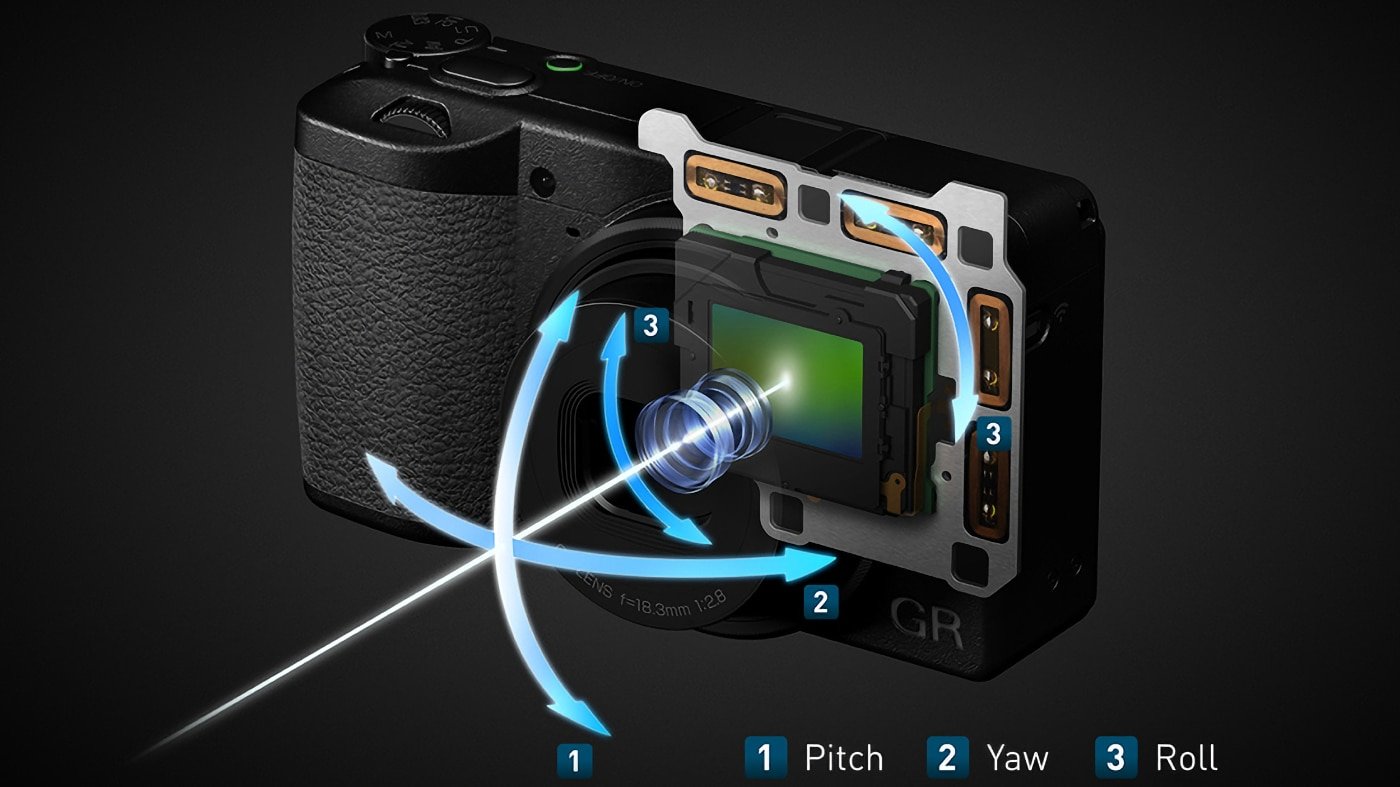
At this stage, Ricoh has not disclosed the exact stabilization performance gain of the new model.
Improved autofocus?
Autofocus performance in the GR III had already improved significantly thanks to its hybrid system combining phase detection and contrast detection, plus faster startup.
For the GR IV, Ricoh has not yet shared any details on autofocus improvements. The camera still features face and eye detection as well as macro mode allowing focusing as close as 6 cm.
Burst performance appears unchanged from the GR III: 4 fps with a limit of 11 RAW shots, with no noted improvement.
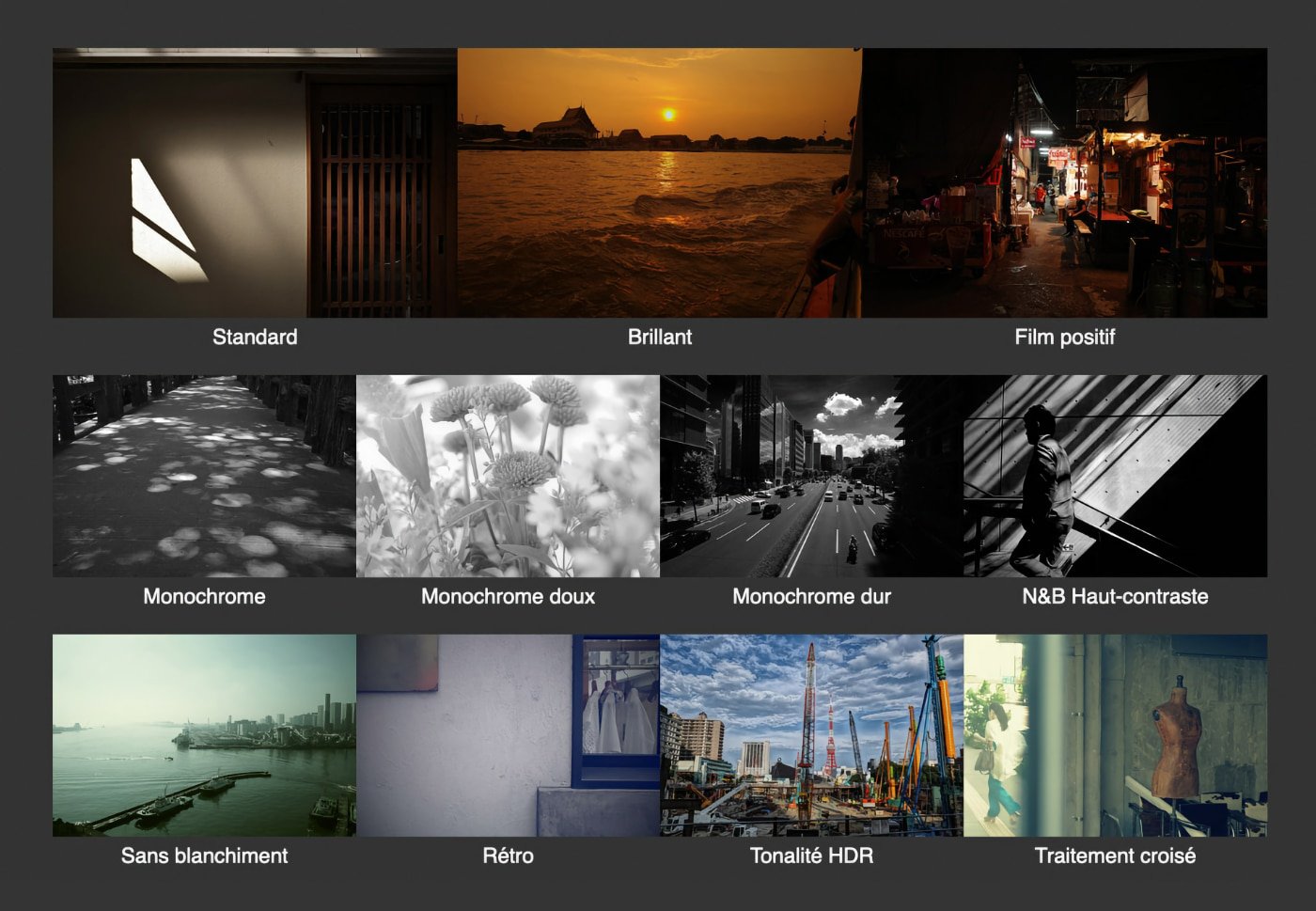
Video: Full HD 60p
The Ricoh GR IV still offers modest video capabilities, limited to Full HD 1080p at 60 fps.
This resolution might disappoint videographers, but it’s sufficient for casual spontaneous clips for sharing purposes.
Storage and connectivity
The Ricoh GR IV features minimalist connectivity: a single USB-C port on the right side for charging. The camera still lacks headphone, microphone, and HDMI ports.
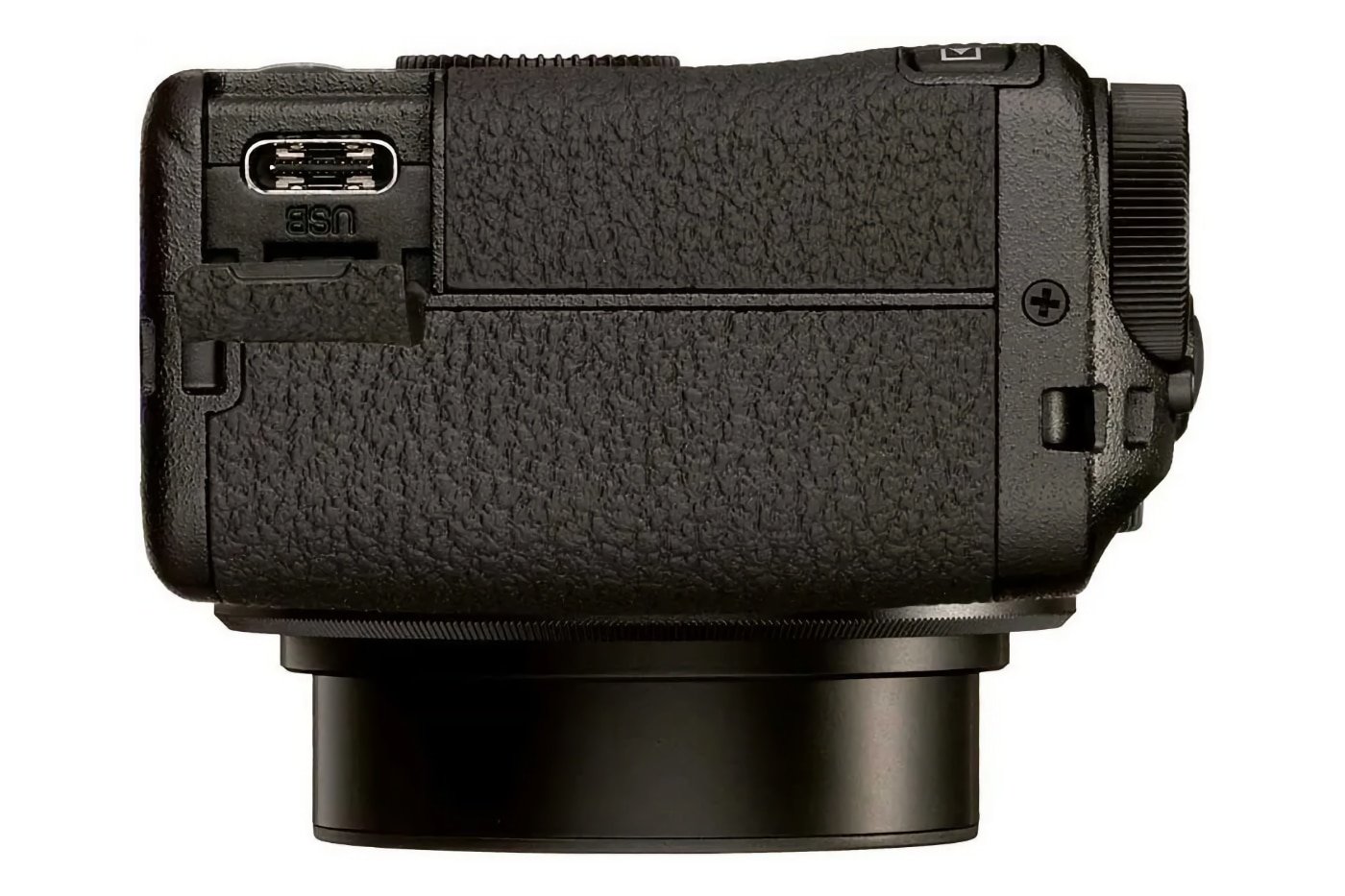
The main upgrade is internal memory, increased from 2 GB to 53 GB, enough to store around 1000 RAW files or over 3700 JPEGs. The memory card slot now uses microSD instead of standard SD cards.
While Sigma opted for a bold 230 GB internal memory on its Sigma BF, Ricoh remains more conservative—though switching to microSD may inconvenience photographers with a stash of SD cards.
The camera retains the DB-110 battery, though Ricoh has not yet disclosed its battery life.
Wireless connectivity relies on Wi-Fi 6, with no Bluetooth support. Ricoh says the camera “features more advanced communication capabilities and is compatible with a new dedicated app for connected cameras, designed to improve usability and features.” Further details are not yet available.
Ricoh GR IV: Pricing and availability
The Ricoh GR IV is still under development. Ricoh has not announced pricing or availability, except to say it should launch in fall 2025.
For comparison, the Ricoh GR III is currently priced at $1049, with various kit options available.
A HDF version, featuring a highlight diffusion filter, is also in development, expected for winter 2025.
Ricoh also stated that production and distribution of the GR III will end in July 2025 due to component supply issues.
Our first impression of the Ricoh GR IV
The Ricoh GR IV remains true to the GR series spirit while bringing several notable improvements, such as a new 25.7 MP APS-C sensor, a redesigned 28mm f/2.8 lens with an extra aspherical element, and upgraded 5-axis stabilization.
Some ergonomic updates and expanded internal memory to 53 GB round out the changes. In the end, the GR IV should retain strong appeal for street photographers and fans of premium compacts seeking a truly pocketable body—though we wish Ricoh had pushed the envelope a bit more. Especially with the Fujifilm X100 VI, though pricier, waiting in the wings—if you can find one.
We look forward to the official launch to see if any other features have been improved.

